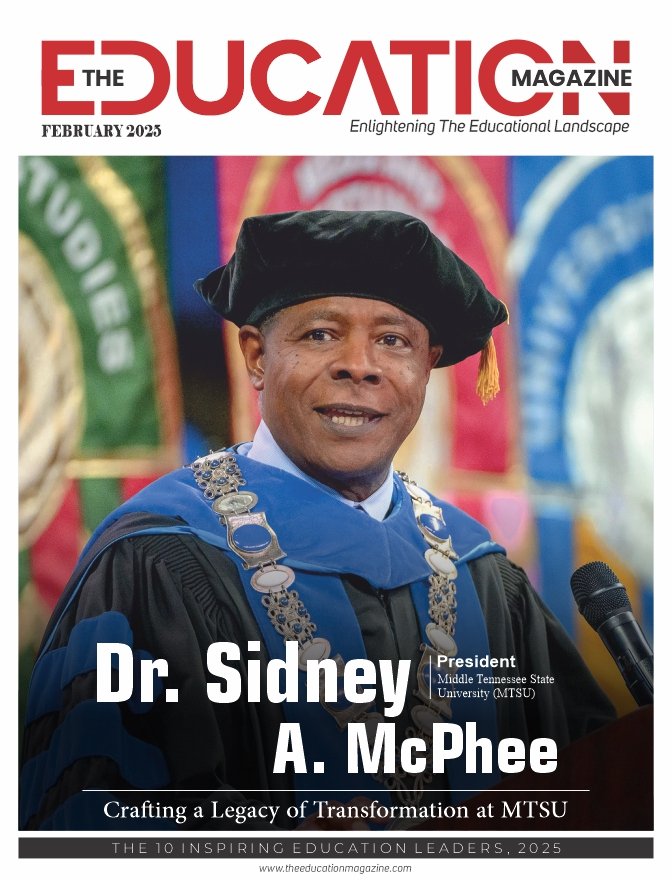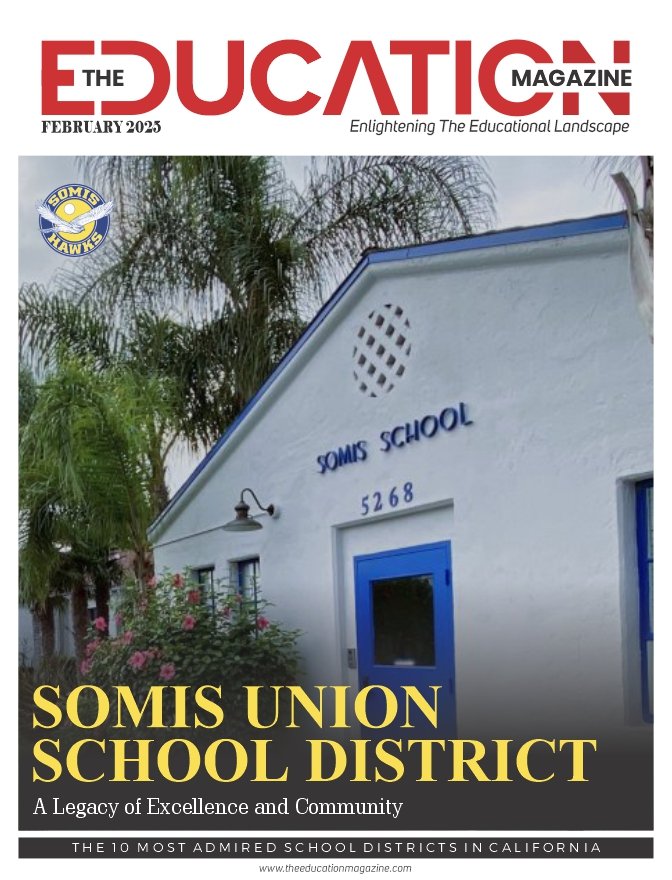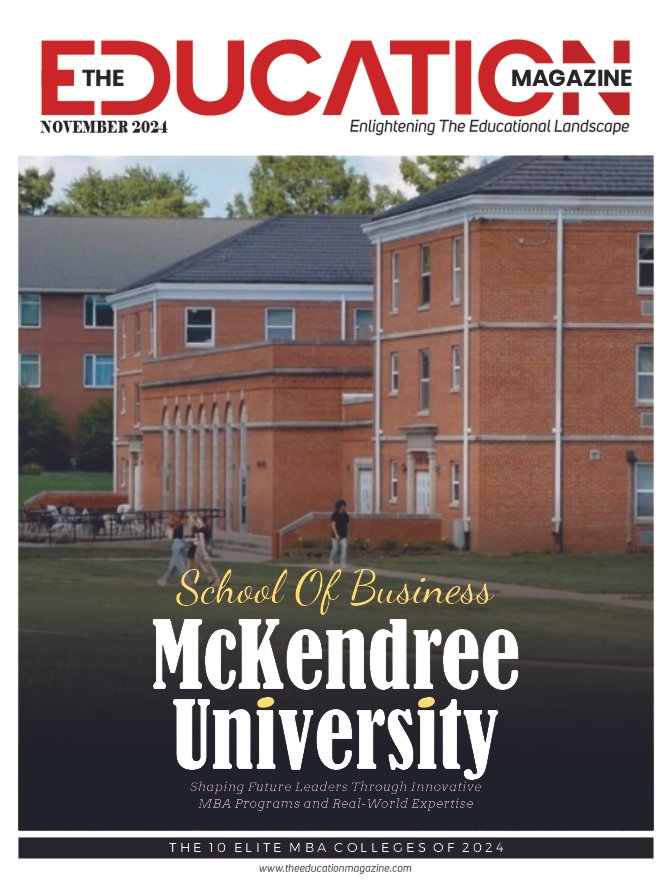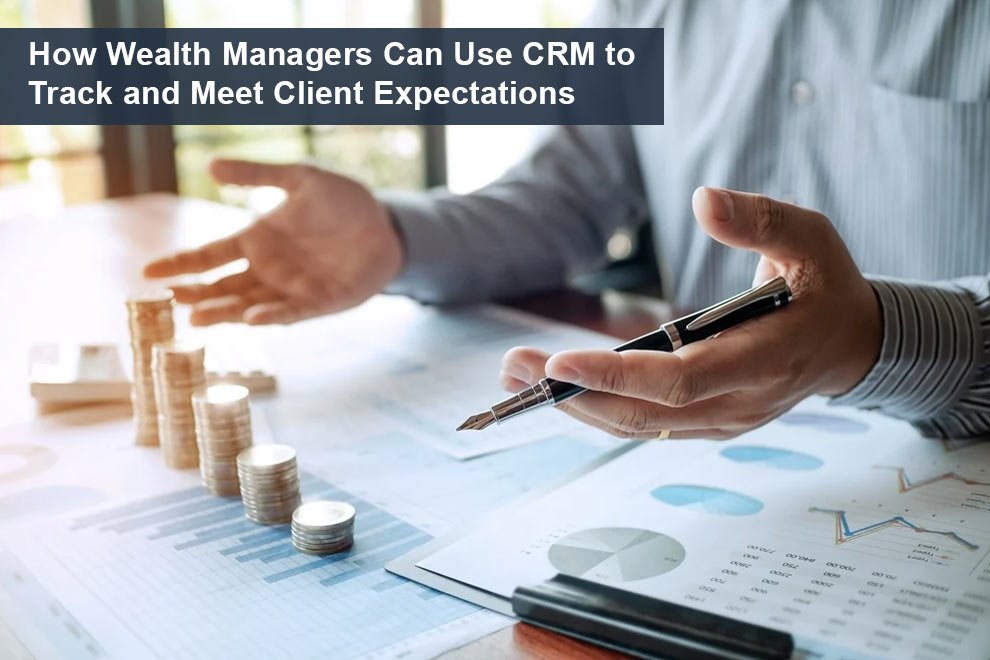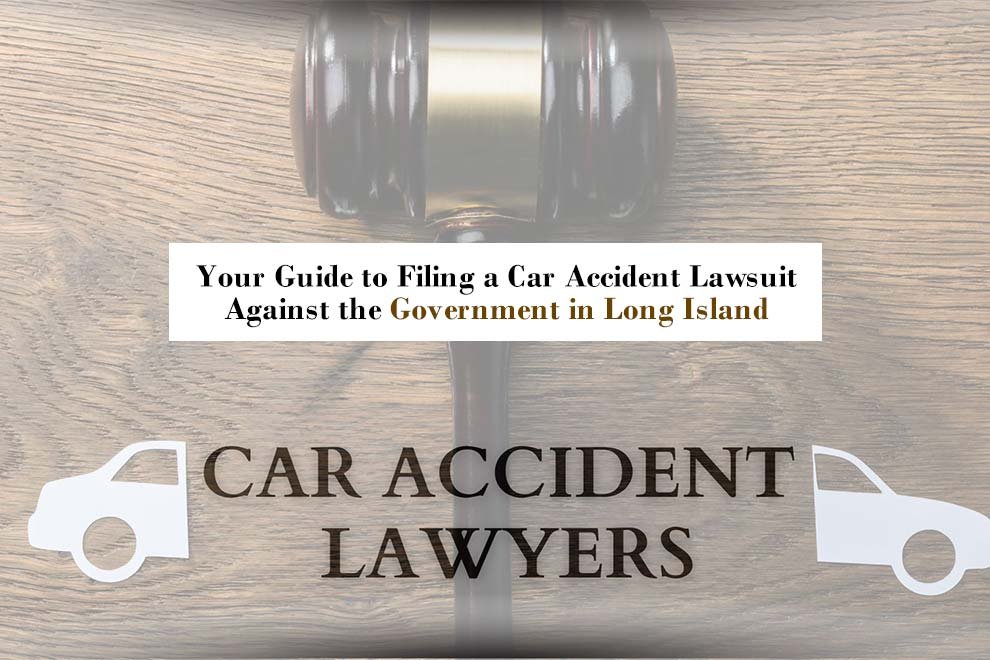Have you ever been on your way to a place only to be drawn by the tempting smell of freshly baked cakes coming from a nearby bakery? That sudden desire to stop and engage in a sweet treat is more than simply a craving; it is a prime example of behavioral economics in action.
Our senses, influenced by external factors, can influence our decisions and force us to act in ways that oppose our initial intentions. This blog highlights the same topic to make readers aware of how sensory marketing and impulse buying affect our pattern of decision-making as part of behavioral economics.
Behavioral economics is the study of psychology in relation to the economic decision-making processes of individuals and organizations. Behavioral economics is commonly linked to normative economics. It investigates why people make irrational decisions and how their behavior leaves the assumptions made by economic models.
Behavioral economics brings together economics and psychology to explain how and why people behave in the real world. Behavioral economics has emerged as a major and integrated component of modern economics.
Core Principle:
The core principle of behavioral economics is that humans do not always act rationally due to cognitive biases, emotions, and social influences. It damages standard economic theory, which holds that people make decisions purely to maximize utility. Behavioral economics tries to understand and study how real individuals make choices, which frequently involve illogical behavior and decision-making processes.
Understanding behavioral economics has several benefits:
- Making Smarter Choices: Recognizing our own cognitive biases and illogical tendencies allows us to make more informed and sensible decisions about our finances, health, and daily lives.
- Influencing Others: Knowledge of behavioral economics can be used in marketing to create better products and promotions that speak to consumers’ psychological triggers.
- Policy Making: Policymakers can use behavioral insights to create policies and programs that ‘nudge’ people toward positive habits while maintaining their freedom of choice.
Overall, it enables individuals and organizations to gain a better understanding of human behavior, resulting in more informed decisions and effective tactics.
Unveiling the Biases
“Homo economicus” (rational economic man) in traditional economics.
Homo economicus, often known as economic man, is a figurative human being with a limitless capacity for logical decision-making. Certain economic models have long assumed that humans are rational and will want to maximize their utility for both monetary and non-monetary reasons.
Homo economicus is a theoretical abstraction that depicts humans as rational and self-interested, seeking the greatest good in all trades. The economic guy is viewed as someone who makes reasonable decisions to avoid not required work. When examining how individual behavior is influenced, many elements are considered. One such factor is cognitive bias.
Cognitive biases
A wide range of individuals and situations consistently exhibit a cognitive bias, which is a thought error. Cognitive biases shape how we see and interpret information. These biases can cause us to make decisions that are not based on facts and to act in ways that contradict reason. Cognitive biases are an important notion in behavioral economics. Biases influence everyone, regardless of intelligence, ability, political beliefs, age, or gender.
Cognitive bias decreases your decision-making ability. Rather than evaluating a situation objectively and making an unbiased conclusion, cognitive bias can lead to worse results because of a fundamental bias that has been instilled in an individual over time. This can have a negative impact on personal development, business success, and interpersonal relationships.
Common biases with real-world examples:
Confirmation bias:
Confirmation bias is the tendency to seek out and use information that supports one’s own beliefs and expectations. In other words, selecting material to support specific claims. This may damage our ability to think critically and objectively, resulting in biased interpretations and missing alternative viewpoints.
For example, a product developer comes up with an idea for an athletic product. Although market research suggests limited interest in the product, they attempt to validate the idea by contacting athlete friends who they know will support it. Although validating an existing idea might be satisfying, it is critical to evaluate the potential effects of carrying it forward.
Beauty bias
People tend to favor and positively stereotype those they consider more attractive, which is known as beauty bias. This also gave rise to the term “lookism,” which refers to prejudice based on physical appearance.
A hiring manager who likes to hire individuals who they believe are attractive is an example of beauty bias. Employers should make hiring decisions based on abilities, experience, and cultural fit, rather than physical looks.
Anchoring bias
Anchoring bias refers to people’s tendency to rely heavily on the first piece of information they hear about an issue. Regardless of how accurate the information is, people utilize it as a reference point, or anchor, when making subsequent decisions.
As a result, anchoring bias can produce incorrect decisions in a variety of situations, including salary negotiations, medical diagnoses, and purchases.
Salary negotiations are especially sensitive to anchoring bias. The individual who initiates negotiations and establishes the anchor has an edge.
Example: Anchoring bias and salary negotiations
You passed the first round of job interviews and have now been invited to the second round. During a phone call, the person in HR gives you an offer of $50,000 a year. Given the work and your previous skills, you know this is an excessively low offer.
With that sum as a starting point, you can negotiate up to $55,000.You feel satisfied because you received more than the initial offer. However, the HR official might have offered you even more if not for using the anchoring effect against you.
Framing effect:
Framing is the principle of how information is presented to an individual and influences their choice. The notion of behavioral economics demonstrates a cognitive bias where the presentation structure determines an outcome. The framing effect, a potent psychological principle, influences decision-making and can effectively boost e-commerce sales.
E-commerce businesses can use the framing effect to sway consumer decisions through product descriptions, pricing strategies, and promotional messages. By presenting information in a positive or negative frame, businesses can shape consumers’ perceptions and preferences, leading to enhanced sales and engagement.
Example: Framing effect and limited-time offer
Have you ever noticed that when you go grocery shopping, the products are always on sale for a limited time? This is because creating a sense of scarcity and urgency is an effective approach to capitalize on the framing effect and increase sales. Businesses might push customers to act fast by presenting limited-time offers or low stock levels. Phrases like “Limited Stock Available” or “Offer Ends Soon” may create a sense of urgency and encourage customers to act.
Loss aversion:
Loss aversion is one of the important concepts in behavioral economics. It relates to our tendency to fear losses rather than value gains. In the context of mutual fund investments, this indicates that investors are more likely to respond emotionally to the danger of losing money than to the prospect of making money.
Example: Loss aversion and insurance premiums
Loss aversion is a popular strategy used by businesses to promote their products. This is evident in insurance firms, whose business strategies are based on individuals’ demand for security and desire to avoid losses and dangers.
Insurance websites typically list a wide array of unexpected and costly consequences that may occur if people do not have proper coverage. Reading about these sad situations encourages us to recognize losses and try to avoid them by obtaining insurance.
In addition, these major companies ask customers to focus on significant and immediate potential losses while ignoring the tiny but consistent payments required to obtain insurance coverage. Loss aversion can explain the urge to commit to insurance policies, even if the losses described in the plans are
Present bias:
Present bias is a tendency in which people choose immediate rewards above future gains, resulting in time-inconsistent behavior. This bias drives people to overvalue quick gratification while undervaluing long-term advantages, which influences decision-making. Studies have shown that present bias promotes procrastination, project delays, and savings behavior, affecting many facets of people’s lives.
Behavioral economics research highlights the need to understand current bias when creating treatments and policies to reduce its impacts and improve decision outcomes. The concept of present bias is critical in understanding how people make choices between immediate benefits and long-term goals, offering insight into the complex nature of human decision-making.
Example: Present bias and credit card debt
When consumers invest in credit cards because they feel it will make their everyday transactions easier, they are unaware of their future impatience, so they intend to settle their debt in the next pay cycle when they (mistakenly) believe they will be patient. They do not realize that they will consistently prefer to postpone debt repayment when facing the same decision in the future.
Applying Behavioral Economics to Make Smarter Decisions
Tips for overcoming cognitive bias:
Cognitive biases can make it difficult to think rationally and objectively, as well as to solve problems. Here are some strategies for overcoming cognitive biases in problem-solving:
- Recognizing cognitive biases is the first step in overcoming them.
- Slowing down and giving yourself time to think about a problem will help you avoid making rapid choices or jumping to conclusions.
- Logical reasoning and critical thinking can help you objectively analyze a problem and make sound decisions.
Tips for overcoming the framing effect:
The first step in not being influenced by appearances while making a decision is understanding how the framing effect operates. Once you’ve understood and identified it, all you have to do is remember a few tips:
- Consider all of your alternatives.
- Search for objective information.
- Take time to think.
Learning to recognize the framing effect and take the required steps to prevent it when determining what to buy will allow you to make more informed decisions.
Tips for overcoming the anchoring bias:
- Gather Information and Set Your Anchor:
- Use Objective Criteria and Evidence:
- Practice active Listening and Effective communication:
Tips for overcoming the present bias:
- Become aware of it.
- Work to notice when it is happening to you.
- Consider your long-term goals to gain access to the part of your brain that makes long-term decisions.
Tips for overcoming the loss aversion :
There are a few ways that can help reduce the cost of loss aversion. Below are some of the tools and techniques. Keep in mind that you should use these methods only to supplement your existing trading strategy. Always conduct your own research before making a transaction, and never risk money you can’t afford to lose.
- Having a well-defined exit strategy
- Use stop-losses and limit orders
- Automate your trading
Conclusion
Behavioral economics is a field of study aimed at understanding why people make economically irrational decisions.
According to rational choice theory, customers choose options that maximize their utility. In actuality, people can be persuaded or distracted from doing so. Behavioral economics seeks to understand how and why this occurs.

